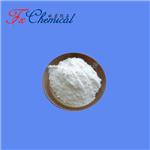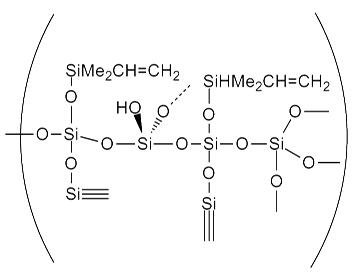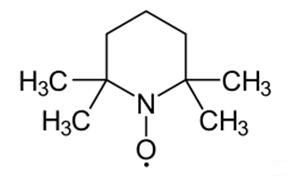Uses of DEAE SEPHADEX A-25
Nov 21,2019
DEAE-Sephadex is a positively-charged slurry that will have electrostatic interactions with the negatively charged atoms, making them elute later than the positively-charged molecules in the interested sample. This is a separation technique used widely to discover specific proteins, or or enzymes in the body.
Sephadex ion exchangers are produced by introducing functional groups onto the cross-linked dextran matrix. These groups are attached to glucose units in the matrix by stable ether linkages. DEAE Sephadex A-25 is a weak anion exchanger based on the well documented and well proven Sephadex base matrix. It is weak anion exchanger suitable batch techniques. It has high binding capacities. The ion exchange group is diethylaminoethyl which remains charged and maintains consistently high capacity over the entire working range, pH 2–9. For chemical stability, DEAE Sephadex A-25 is stable to all commonly used aqueous buffers Stable to all commonly used aqueous buffers and additives such as 8 mol/L urea and additives such as 8 mol/L urea and 6 mol/L guanidine hydrochloride.

DEAE Sephadex A-25 may have a higher available capacity for molecules with molecular weights over 100 000 since such molecules only bind on the surface of the medium bead. Here the higher charge density of the A-25 media may be advantageous.
DEAE Sephadex A-25 is supplied as dry powders. Weigh out the required amount of dry powder and suspend it in the binding buffer. Note that the swelling factor is dependent on the buffer used. As a general guideline; 1 g dry powder DEAE Sephadex A-25 gives about 25 ml final volume of medium when swollen in saline buffer. Sephadex ion exchangers should be swollen at the pH to be used in the experiment. Complete swelling takes 1-2 days at room temperature or 2 hours, at 100 °C, over boiling water. Swelling at high temperature also serves to deaerate the medium. Vigorous stirring, e.g. with a magnetic stirrer, should be avoided in order not to damage the particles. Stir the required amount of ion exchanger into an excess of binding buffer. The binding buffer must contain the same ion as that originally present in the ion exchanger.
Reference
1. W. Jacobi, Carcinogenic effects of radiation on the human respiratory tract. In A. C. Upton et al., eds., Radiation Carcinogenesis, Elsevier, New York, 1986, pp. 261–278.
2. National Council on Radiation Protection (NCRP), Ionizing Radiation Exposure of the Population of the United States, NCRP Rep. No. 93, NCRP, Washington, DC, 1987.
- Related articles
- Related Qustion
Vinyl Q resins are clear reinforcing additives for addition cure elastomers. The melting point is < -60 °C. The boiling point is 143 °C. The density is 1.05 g/cm3.The refractive index is 1.405.....
Nov 21,2019Catalyst and Auxiliary2,2,6,6-Tetramethylpiperidinooxy has applications in chemistry and biochemistry. TEMPO is used as a radical marker, as a structural probe for biological systems in conjunction with electron spin resonance spectroscopy.....
Nov 21,2019Organic Synthesis IntermediateDEAE Sephadex A-25
12609-80-2You may like
DEAE Sephadex A-25 manufacturers
- DEAE-Sephadex A-25
-

- $0.00 / 1KG
- 2025-12-11
- CAS:12609-80-2
- Min. Order: 1KG
- Purity: 98%min
- Supply Ability: 30tons/month
- DEAE SEPHADEX A-25
-

- $4.40 / 25G
- 2018-07-12
- CAS:12609-80-2
- Min. Order: 25G
- Purity: 40-120um
- Supply Ability: 5kg
- DEAE SEPHADEX A-25
-

- $109.00 / 25G
- 2018-07-12
- CAS:12609-80-2
- Min. Order: 25G
- Purity: 40-120um
- Supply Ability: 5kg






